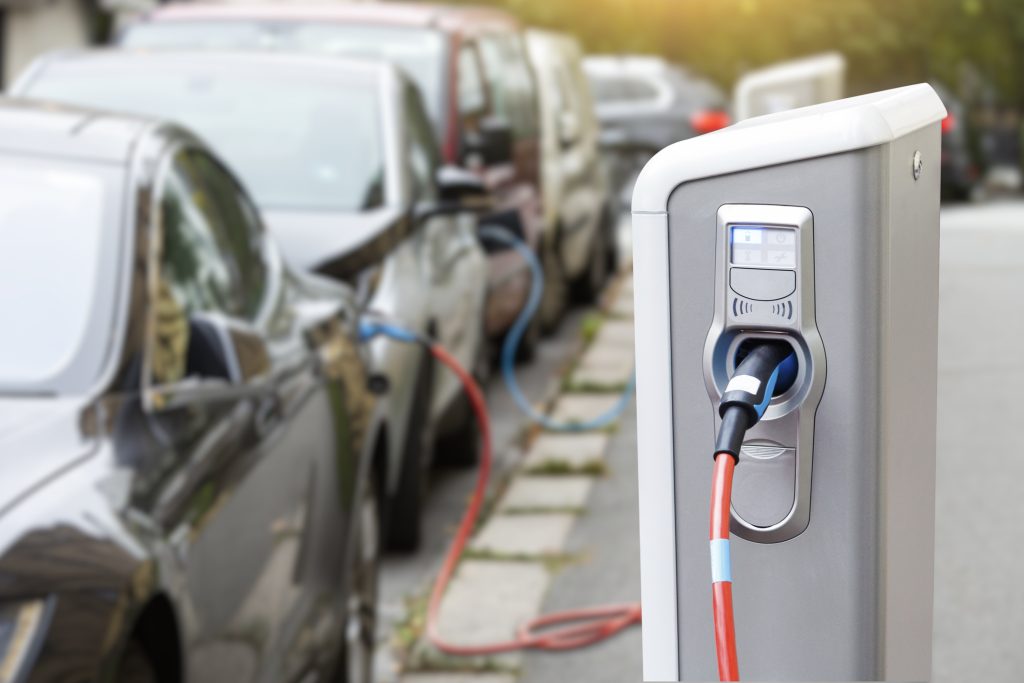
Electric vehicles are a growing commodity in the U.S. People have many misconceptions about electric cars and how they impact climate change. Conventional gas- and diesel-powered cars have been a target in 2022 in states like California so let’s investigate some of the myths and misconceptions of traditional and Electric Vehicles (EV).
California was in quite a conundrum this week over electric vehicles. The state banned gas vehicle sales by 2035 and set ambitious goals for the years leading up in order to reach their objective. Then, days later, asked its residents to not charge their electric vehicles in the midst of hot weather that could cause rolling blackouts on their power grid. As many as 12 other states could be following California’s lead on banning gas vehicles, but should the U.S. be continuing down this path? [1]
First, we’ll look at the U.S. power generation and infrastructure. The infrastructure to support an all U.S. electric fleet does not exist and won’t exist well past 2050. A common myth is that the U.S. electrical grid can handle the increased usage because most vehicles are charged at night during off-peak hours is completely false. While it varies state by state, California will need to boost electric generation by 50% to support electric vehicles. Additionally, the infrastructure to charge EV’s doesn’t exist either. The nation only has about 45,000 stations, but that’s misleading. Many of these “stations” are in private communities or at private businesses such as retirement homes and landfills, respectively. Estimates currently set the bar at $100 Billion in investments to meet generation and infrastructure needs to support just an increase in electric fleets and not a 100% conversion.[2]
Second, you may be wondering where the electric is generated to charge your electric vehicle and how much it’ll use. In 2022, the largest source of power generation remains fossil fuels. Natural gas, coal, and petroleum account for 60.8% of total generation in the U.S. where renewable energy only accounts for about 20%. Your electric vehicle is most likely to be charged by fossil fuels and it’s not changing anytime soon and surely not by 2050.[3]
Lastly, how much electric will your car be requiring? The common misconception is that it’s minimal compared to the carbon footprint of conventional vehicles. The average electric car utilizes 25 times more electricity than your refrigerator on an annual basis. That’s 50 times more if you own two electric cars, which most U.S. households have at least two cars.
In closing, we won’t deep-dive into the carbon footprint of manufacturing an electric vehicle and it’s batteries, but I’ll invite you to investigate for yourself. When considering buying a new vehicle now or in the near future consider the implications an EV may have on you personally. Societal pressure and state legislation may have you considering an EV, but the facts remain, there isn’t infrastructure to support much of the fleet that’s already on the road. Obstacles remain for both the electric grid and finding places to accommodate charging your EV which will remain well past 2050. Moreover, is an EV really climate friendly when you factor in the electric source, electric usage, and carbon footprint to manufacture? Lastly, is it affordable? Hopefully, you’ll be able to use this article as a foothold to help you make an informed decision on the future of electric vehicles.


[1] https://www.nytimes.com/2022/08/24/climate/california-gas-cars-emissions.html
[2] https://www.marketplace.org/2022/09/06/will-the-electric-grid-be-able-to-power-evs-and-everything-else/



